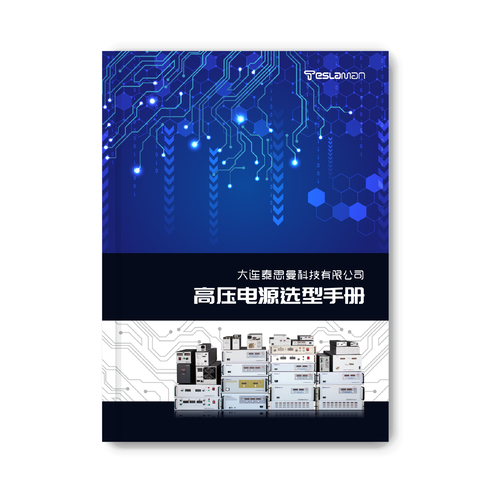Secrets of Heat Dissipation for High-Voltage Power Supplies in Semiconductor Testing
In the field of semiconductor testing, high-voltage power supplies play an extremely crucial role. The stability of their performance directly affects the accuracy and reliability of semiconductor device testing. And the issue of heat dissipation is a significant challenge that high-voltage power supplies face during operation. Effective heat dissipation measures are the key to ensuring the continuous and efficient operation of high-voltage power supplies.
When high-voltage power supplies are working, due to the power loss of internal electronic components, a large amount of heat will be generated. If this heat cannot be dissipated in a timely manner, the internal temperature of the power supply will rise sharply. High temperatures have many adverse effects on the performance of electronic components. For example, they can reduce the carrier mobility of semiconductor devices, increase the resistance value, and affect the stability of capacitors, etc., which in turn leads to fluctuations in the output voltage and current of the power supply and reduces the testing accuracy. In severe cases, excessively high temperatures may even damage the electronic components, causing failures in the high-voltage power supply, shortening its service life, and increasing the maintenance costs and downtime of the equipment.
To address these heat dissipation problems, first of all, careful layout is required in the structural design of high-voltage power supplies. The arrangement of internal electronic components should be planned reasonably to ensure that heat can be conducted and dissipated smoothly. For example, components with large heat generation, such as power transistors, should be placed in positions conducive to heat dissipation and have a good contact interface with heat sinks or radiators. Materials with excellent thermal conductivity, such as copper or aluminum metals, are used to make heat sinks or radiators. These materials have a relatively high thermal conductivity and can quickly conduct the heat generated by the components out. The shape and size of the heat sink also matter a lot. Usually, it is designed into a fin-shaped structure with a large surface area to increase the contact area with the air and improve the heat dissipation efficiency.
In addition to relying on the natural heat dissipation of heat sinks, forced air cooling is also one of the commonly used heat dissipation methods. By installing fans inside the high-voltage power supply, forced convection of air is formed inside the power supply. The selection of fans should be determined according to the heat dissipation requirements of the power supply, including parameters such as air volume and air pressure. Reasonable design of the air duct is also crucial. It is necessary to ensure that the air can flow evenly through the heating components to take away the heat. In the design of the air duct, dead air corners or short-circuit phenomena should be avoided to achieve the best heat dissipation effect. Meanwhile, filters can be set in the air duct to prevent dust and other impurities from entering the power supply. Because the accumulation of dust will affect the heat dissipation effect and may even cause electrical failures.
For some high-voltage power supplies with extremely high requirements for heat dissipation, liquid cooling heat dissipation technology is a more ideal choice. Liquids have higher specific heat capacity and thermal conductivity than air and can absorb and transfer heat more effectively. A liquid cooling system generally consists of cooling liquid, a pump, a radiator, and pipes. Driven by the pump, the cooling liquid circulates in the pipes. When it flows through the heating components inside the high-voltage power supply, it absorbs heat and then takes the heat to the external radiator for dissipation. Liquid cooling heat dissipation can achieve more precise temperature control and ensure that the high-voltage power supply operates in a relatively stable temperature environment.
Moreover, in terms of the control strategy of high-voltage power supply, some measures can also be taken to assist heat dissipation. For example, the internal temperature of the power supply can be monitored in real time by temperature sensors. When the temperature rises to a certain threshold, the working state of the power supply can automatically be adjusted to reduce the output power and heat generation. Or intelligent fan control technology can be adopted to automatically adjust the fan speed according to temperature changes, reducing the running noise and energy consumption of the fans while ensuring the heat dissipation effect.
In conclusion, the heat dissipation of high-voltage power supplies in semiconductor testing is a comprehensive project that requires comprehensive consideration and optimization from multiple aspects such as structural design, selection of heat dissipation methods, and control strategies. Only by ensuring good heat dissipation effect can high-voltage power supplies operate stably and reliably in the field of semiconductor testing and provide strong support for the development of the semiconductor industry.




















